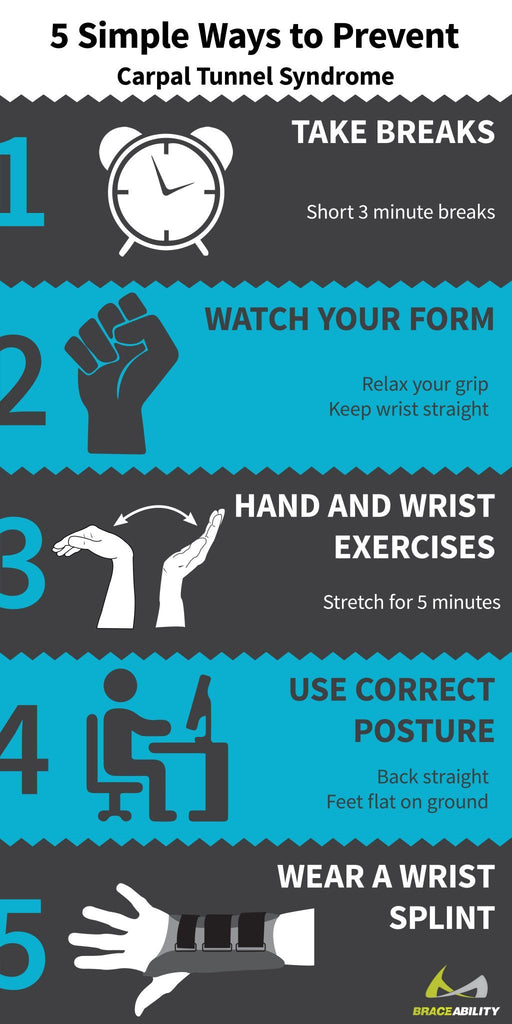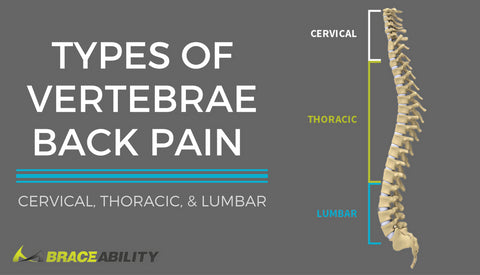5 Simple Ways to Prevent Carpal Tunnel Syndrome
If you are experiencing carpal tunnel syndrome, you may have tingling or numbness in your hand and arm. This tingling is caused by a pinched nerve in your hand. The particular nerve is called the median nerve. The median nerve passes through a narrow “carpal tunnel” on the way to the hand. Anything that compresses or aggravates this nerve will cause carpal tunnel syndrome. Symptoms of carpal tunnel syndrome usually develop gradually, it is important to take preventative actions for your medical condition. Read our post on carpal tunnel syndrome causes and symptoms if you want to know more.
Since there are many factors that contribute to carpal tunnel syndrome, there is no proven way to prevent it. If you are experiencing the early signs of carpal tunnel syndrome and want to prevent it from further occurring, give these a try.
- Take Breaks: Your hands and wrists need breaks from time to time. The break doesn’t have to be long, 3 minutes would be enough. Set a reminder every 2-3 hours that will help you to remember to take a short break. During this break, you want to stretch and bend your wrists and hands, both backward and forwards. After your break, you may want to consider switching hands or even positions when performing repetitive activities.
- Watch Your Form: When performing repetitive actions all day you need to be sure you’re keeping an eye on the position of your hands and wrists. It is recommended when you are holding something that you reduce your force and relax your grip. An average person uses more force than what is needed to perform certain tasks. Also, make sure you spread the pressure and motion evenly through your hand and wrist. You want to try and keep your wrist straight, or very slightly bent. Some occupations that involve the repetitive wrist and hand movements associated with carpal tunnel syndrome would include cashiers, hairdressers, sewers, workers using a keyboard continuously, and many other individuals that are flexing and bending their wrist over and over. To reduce the pain, you may need to train yourself to engage in different positions that won’t stress your hand or wrist.
- Hand and Wrist Exercises: Exercises may help to reduce the risk of developing carpal tunnel syndrome. Stretching and exercises help to strengthen the muscles in your wrists and hands. You do not need to do extensive exercises, but even 5 minutes per day could make a difference. Here is a great guide with 3 wrist exercises to prevent carpal tunnel syndrome. A great time to do these exercises would be before work or before you perform repetitive hand and wrist actions.
-
Use Correct Posture: This is very important for people who work on computers all day. If you are practicing poor posture your shoulders will tend to roll forward. Your neck and shoulder muscles become shortened with your shoulders in this position, which then causes the nerves in your neck to be compressed. This then can affect your wrists, fingers, and hands. Posture is very important to your overall health, take the posture quiz to see if you are practicing good posture.

- Wear a Wrist Splint: Wearing a wrist splint helps to keep your wrist in a neutral position while reducing the stress. A good time to wear this brace would be nighttime. When you are sleeping you cannot control the position and movement of your wrist. The carpal tunnel brace will make sure that your wrist is not bent too far forward or backward. Check out what BraceAbility has to offer for carpal tunnel braces.












